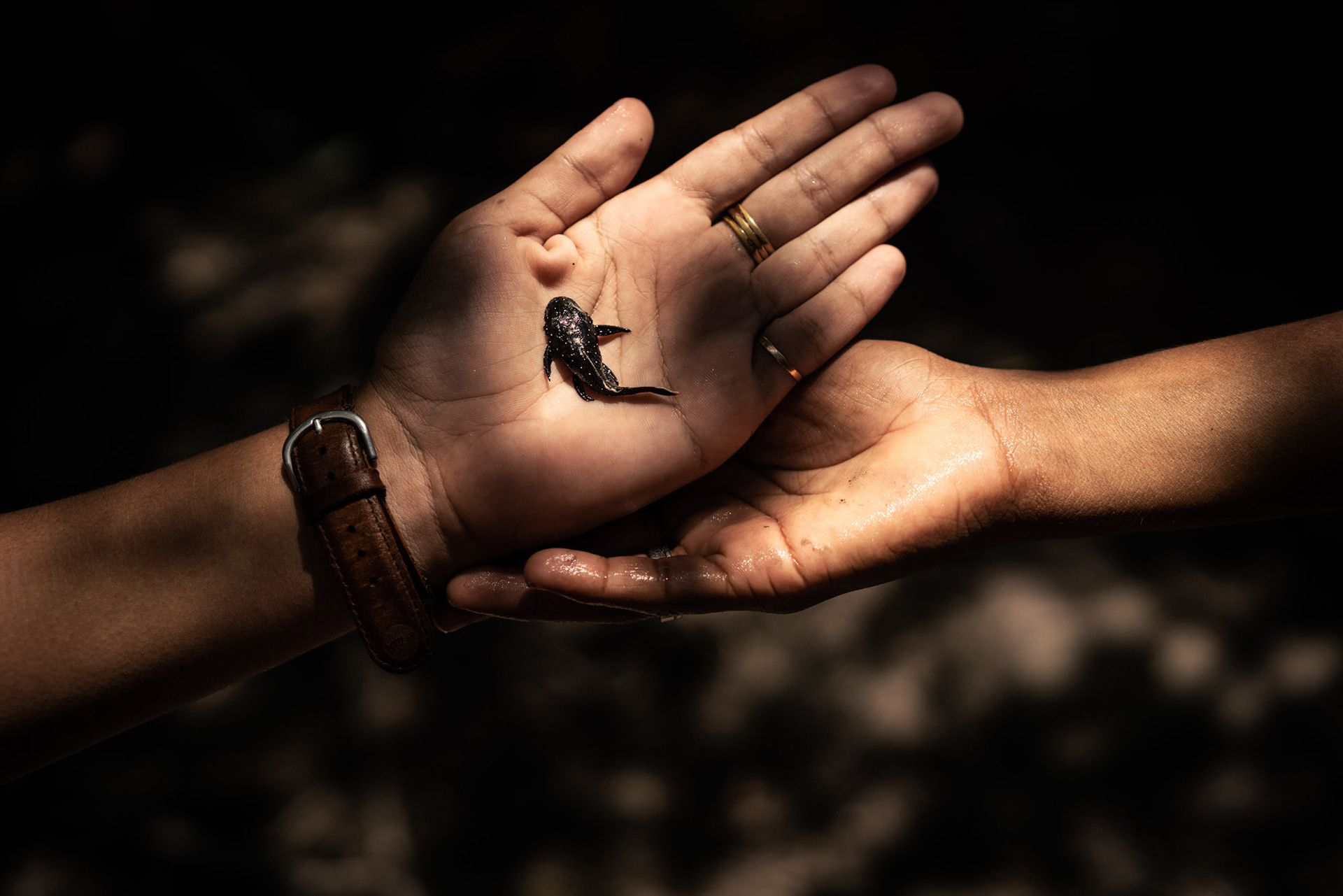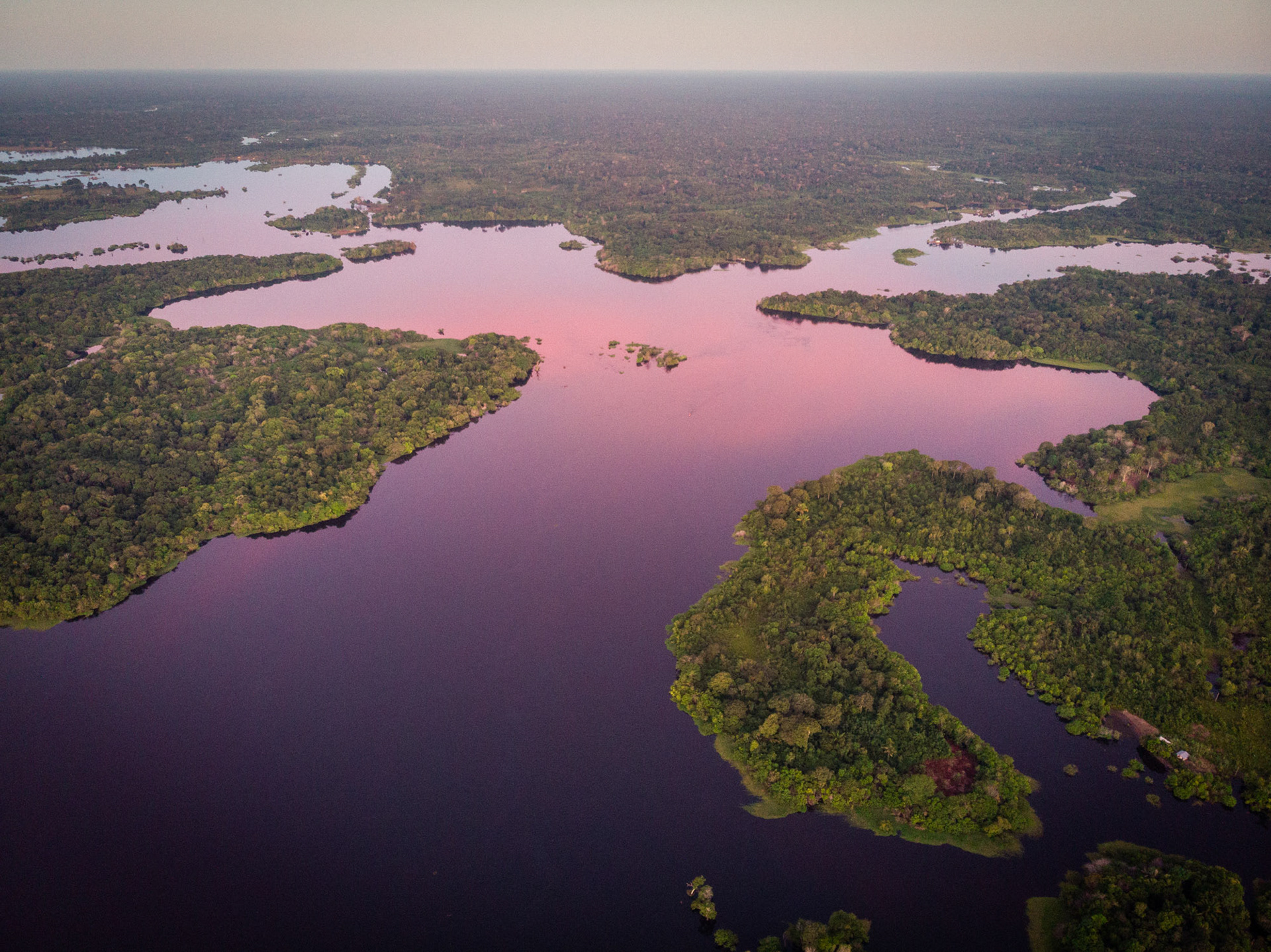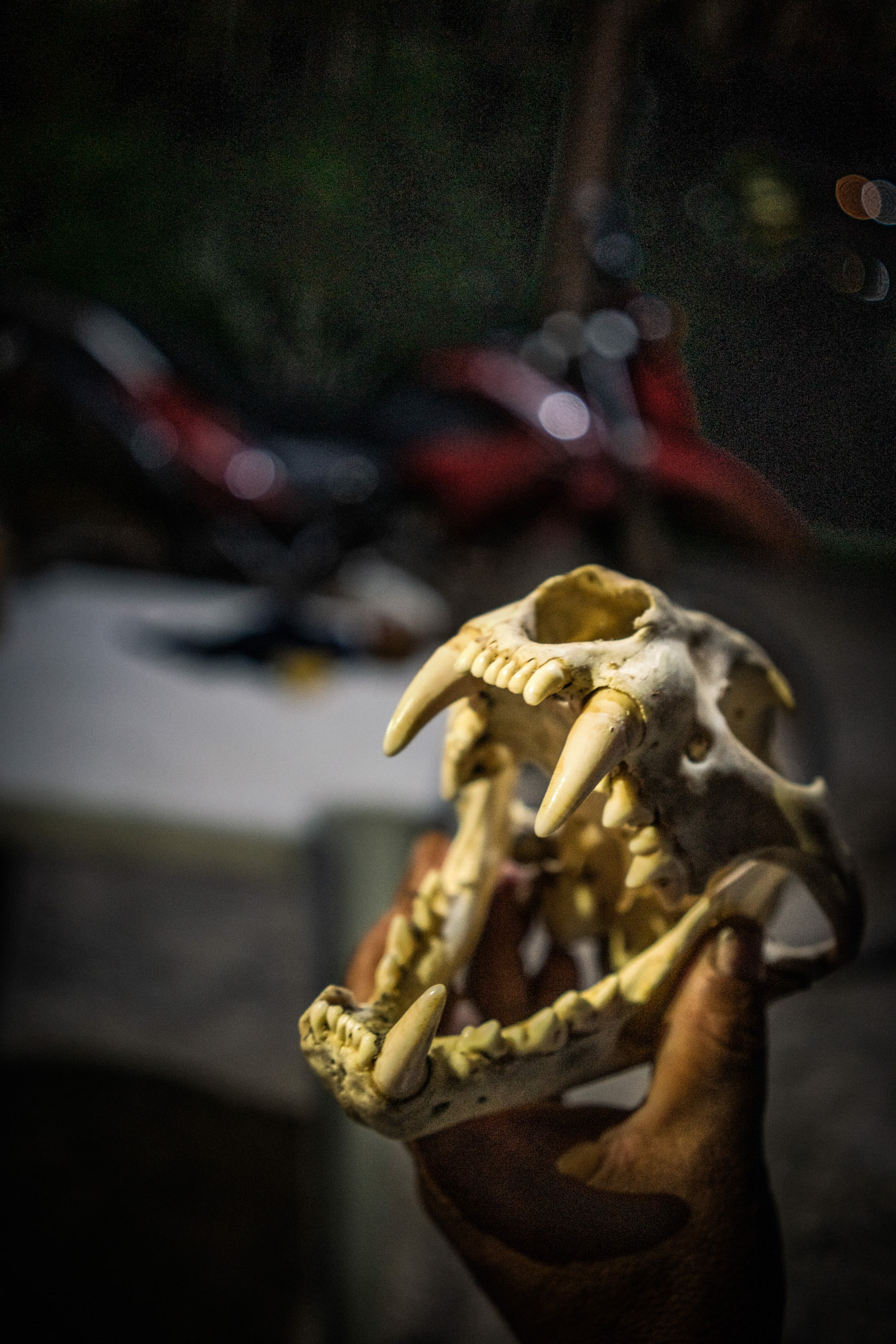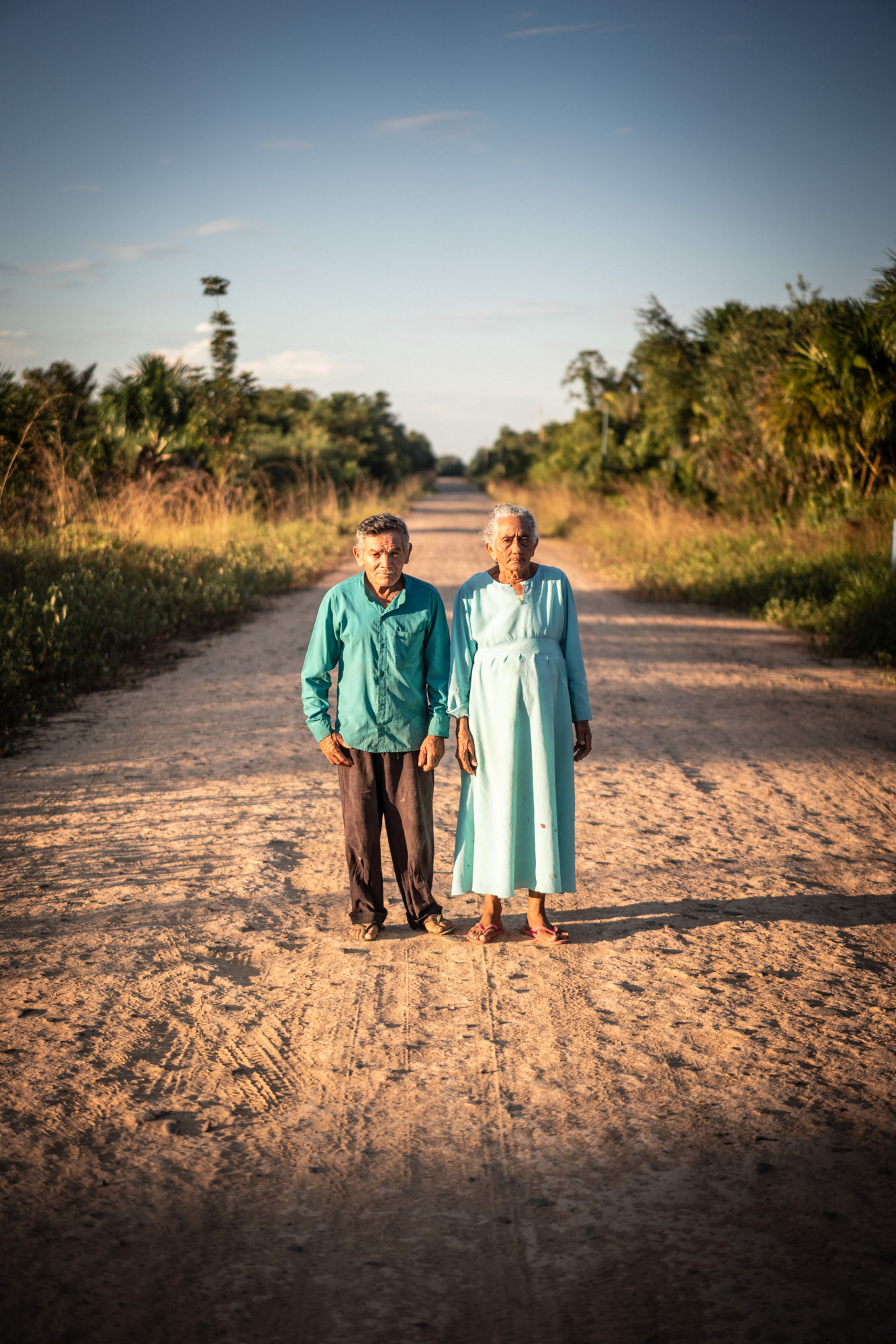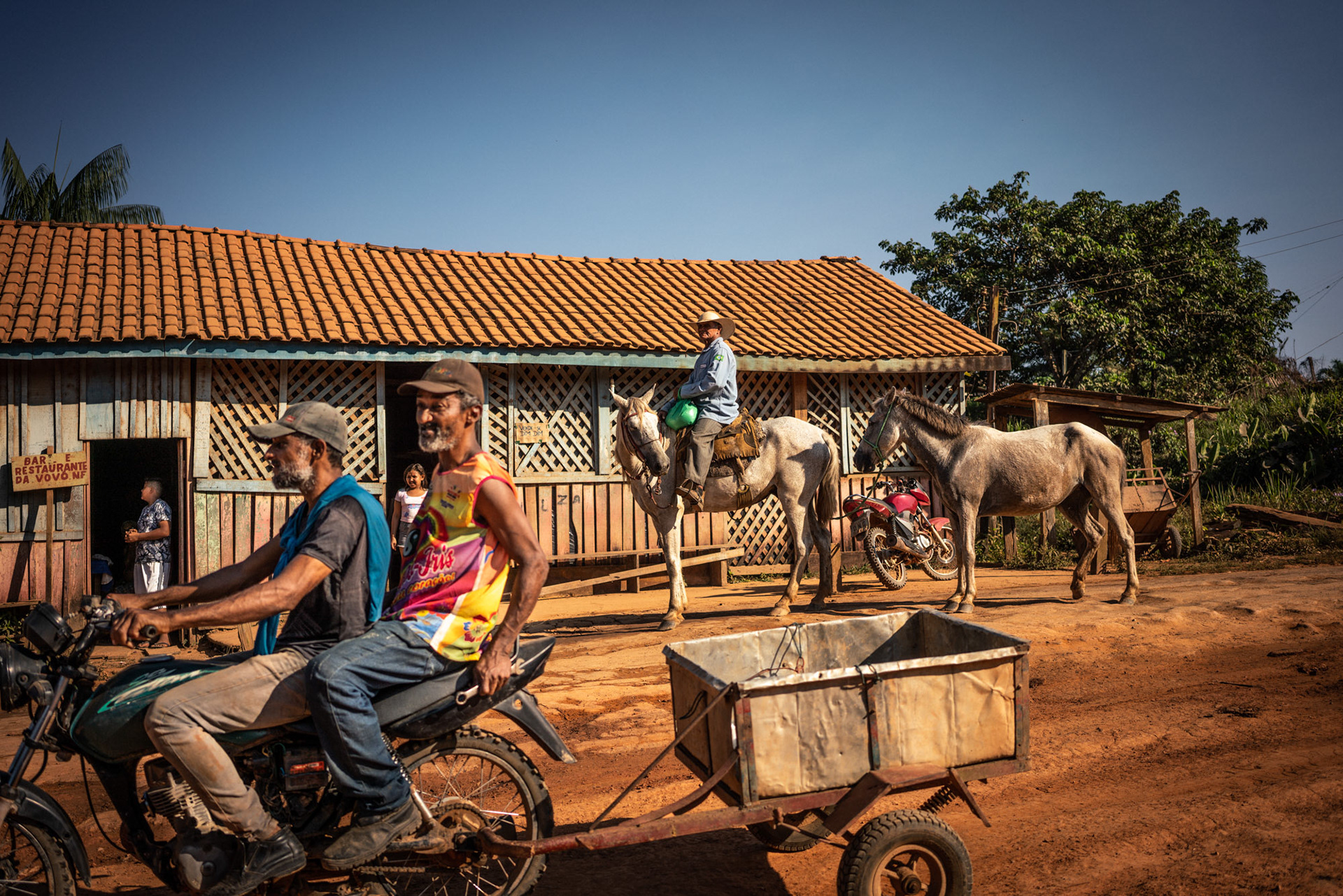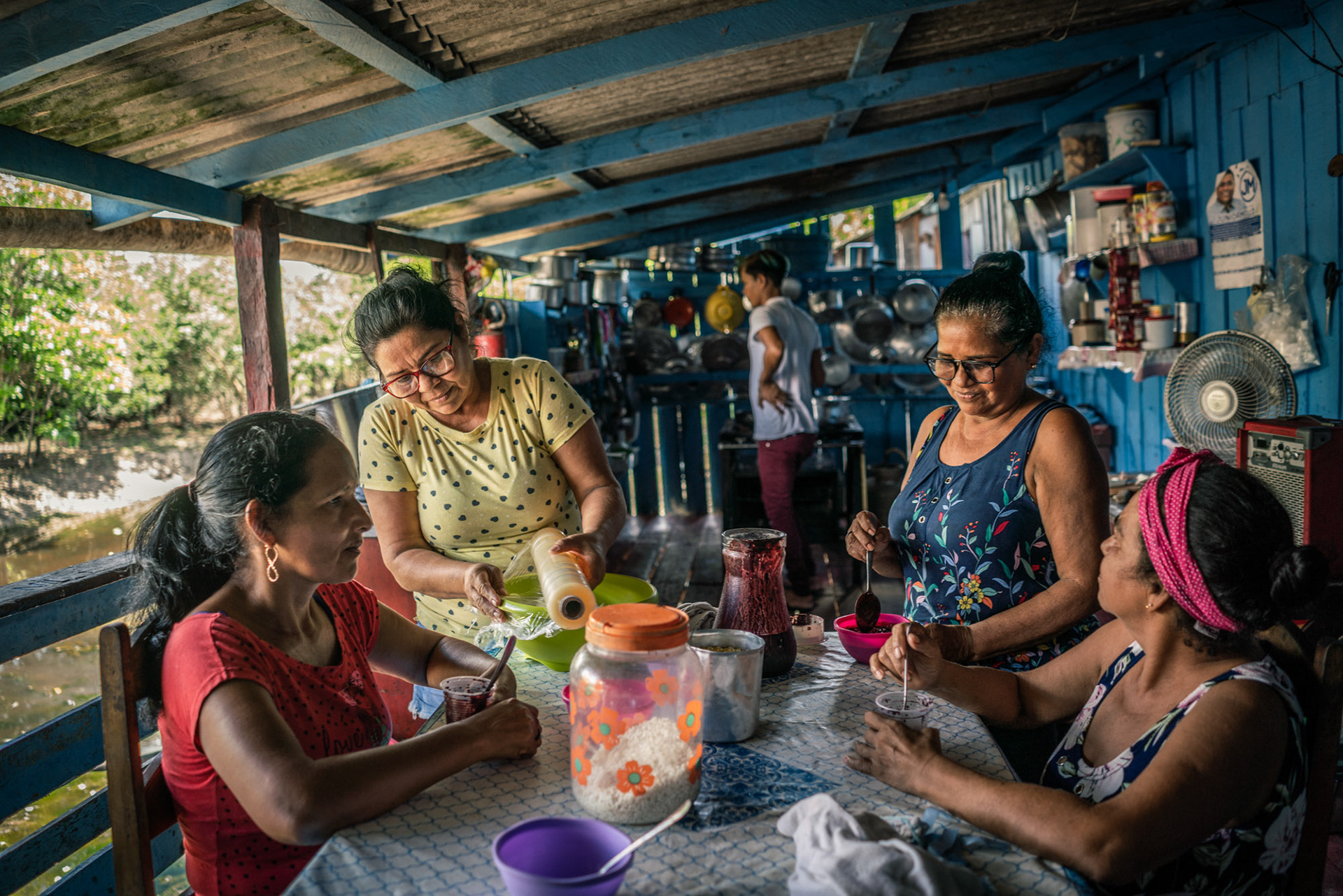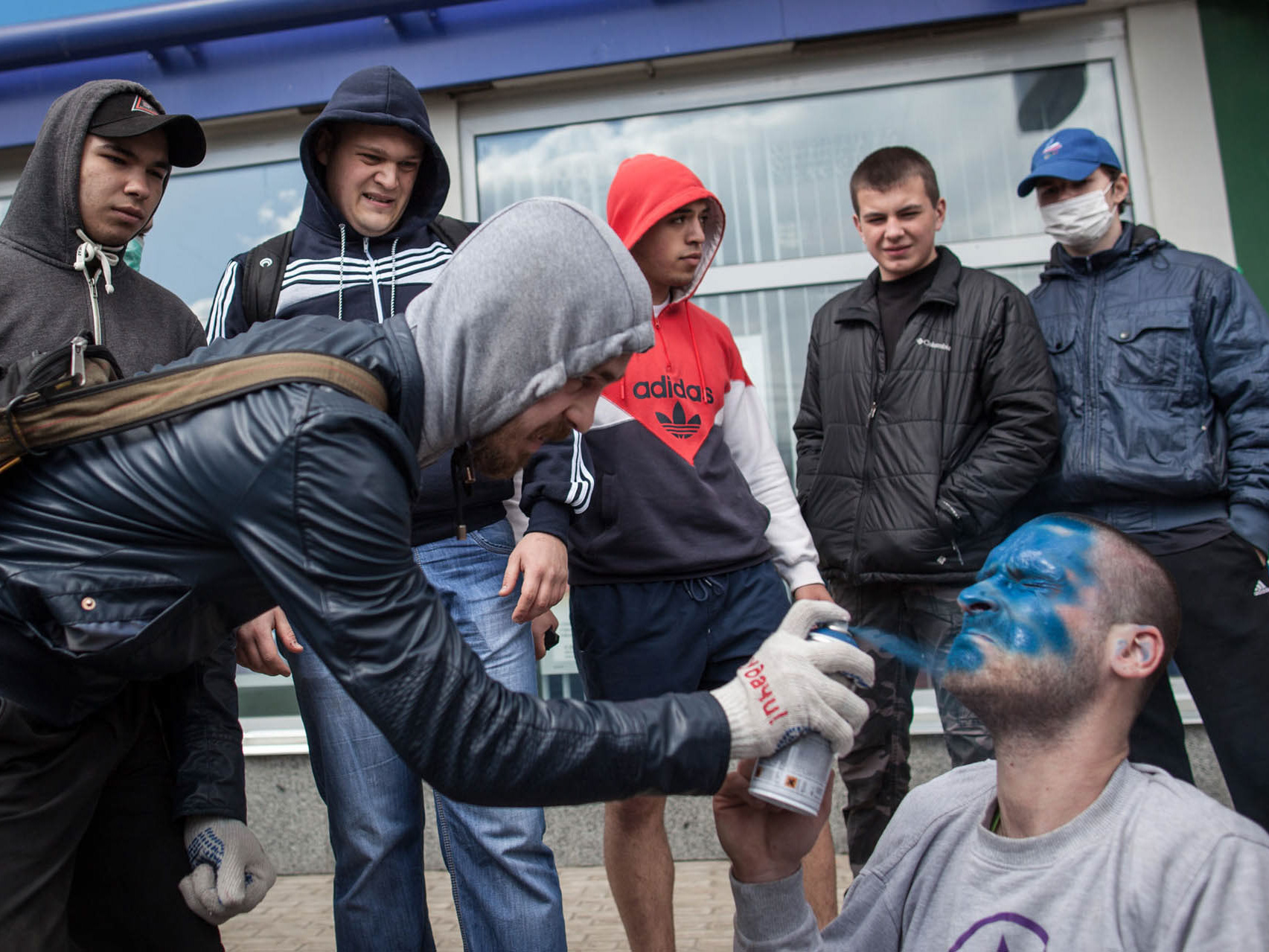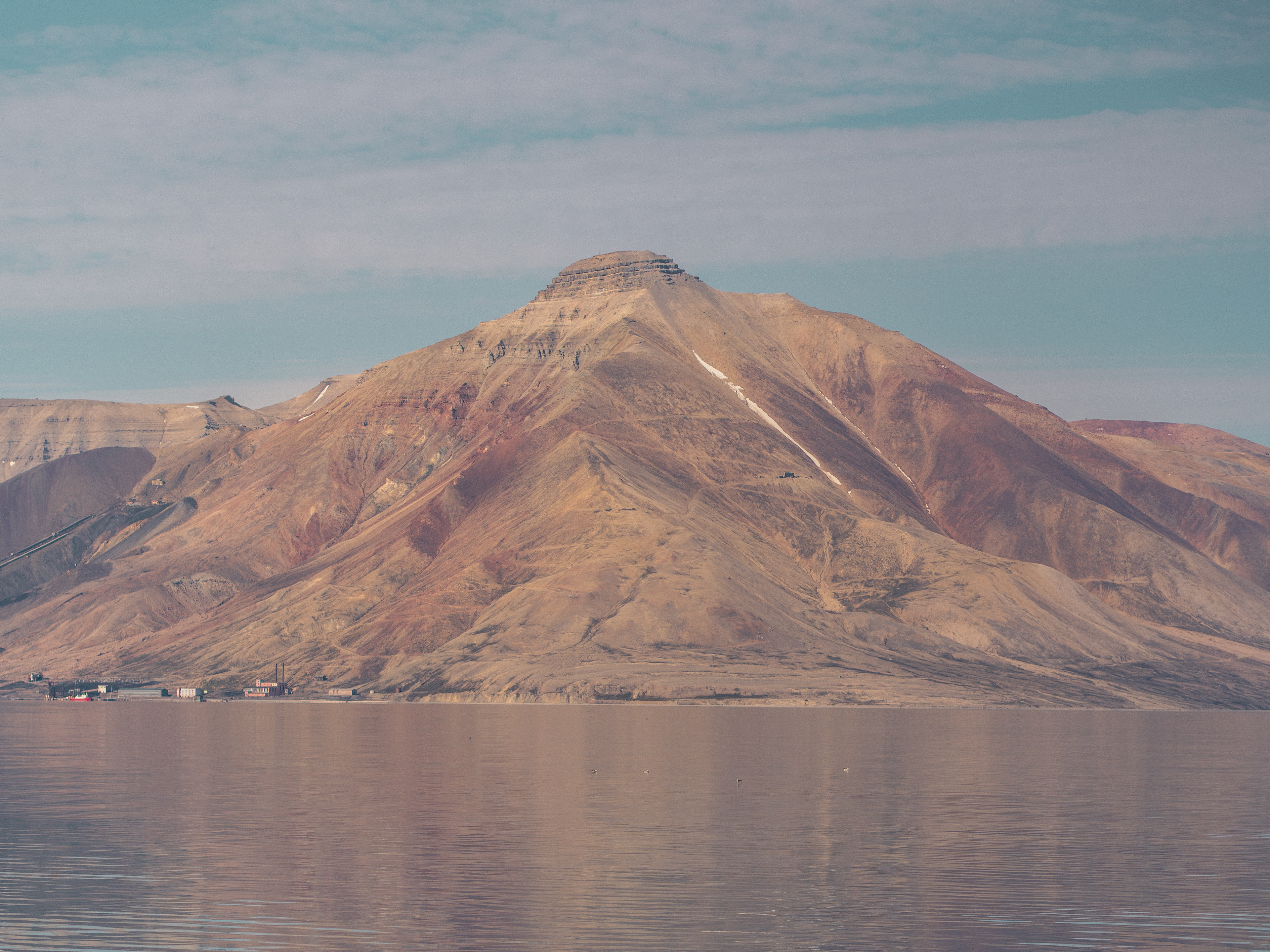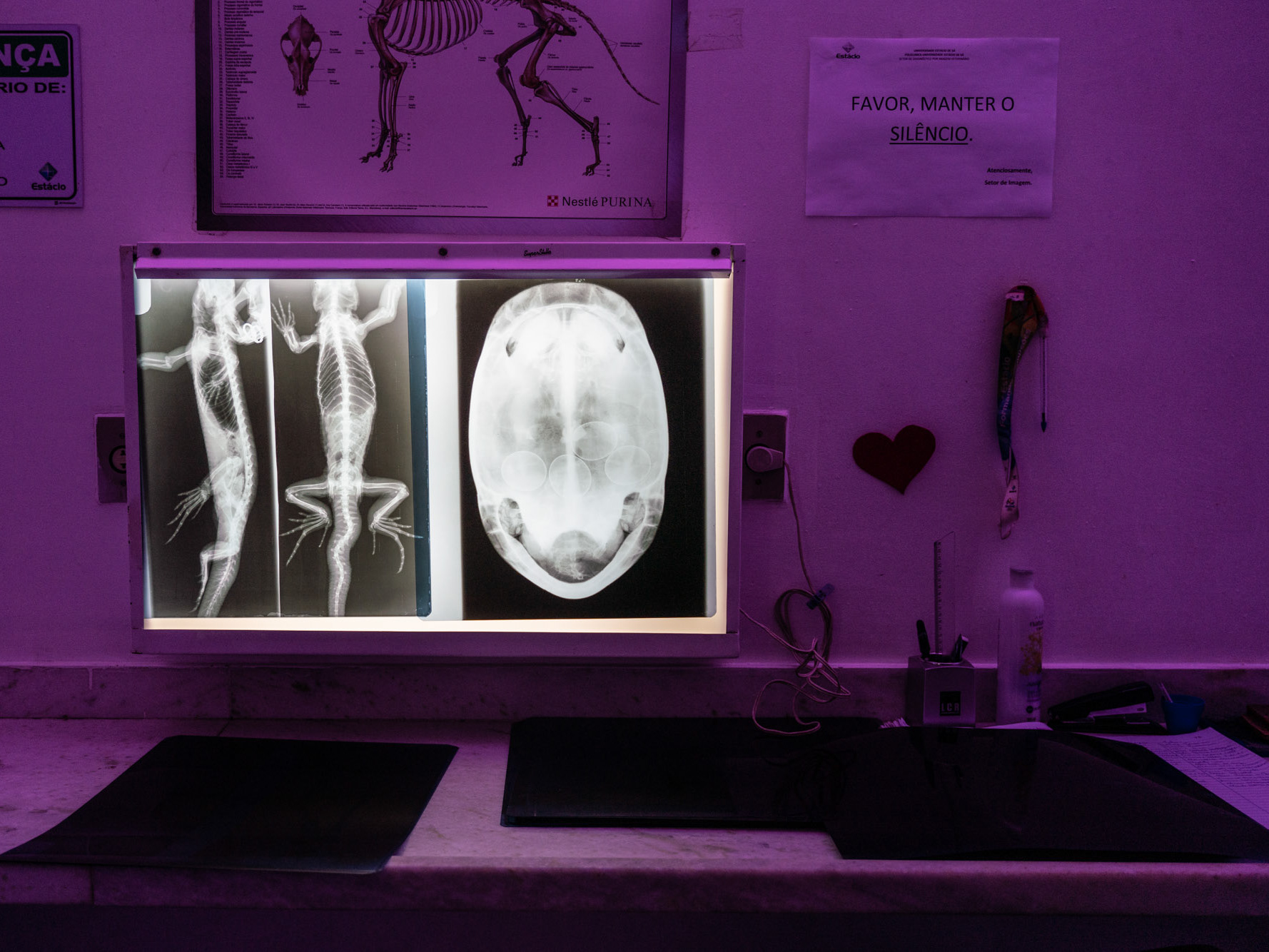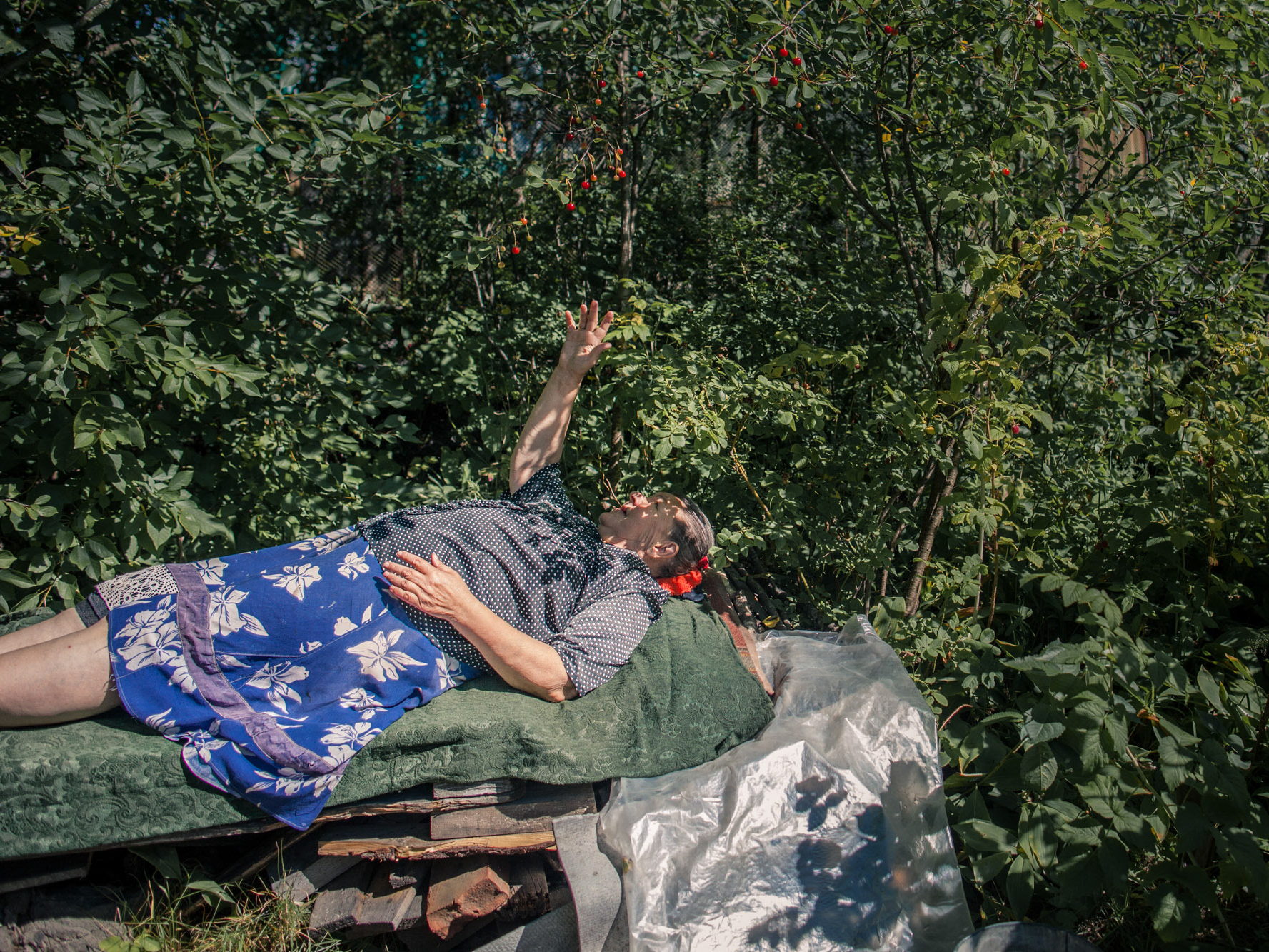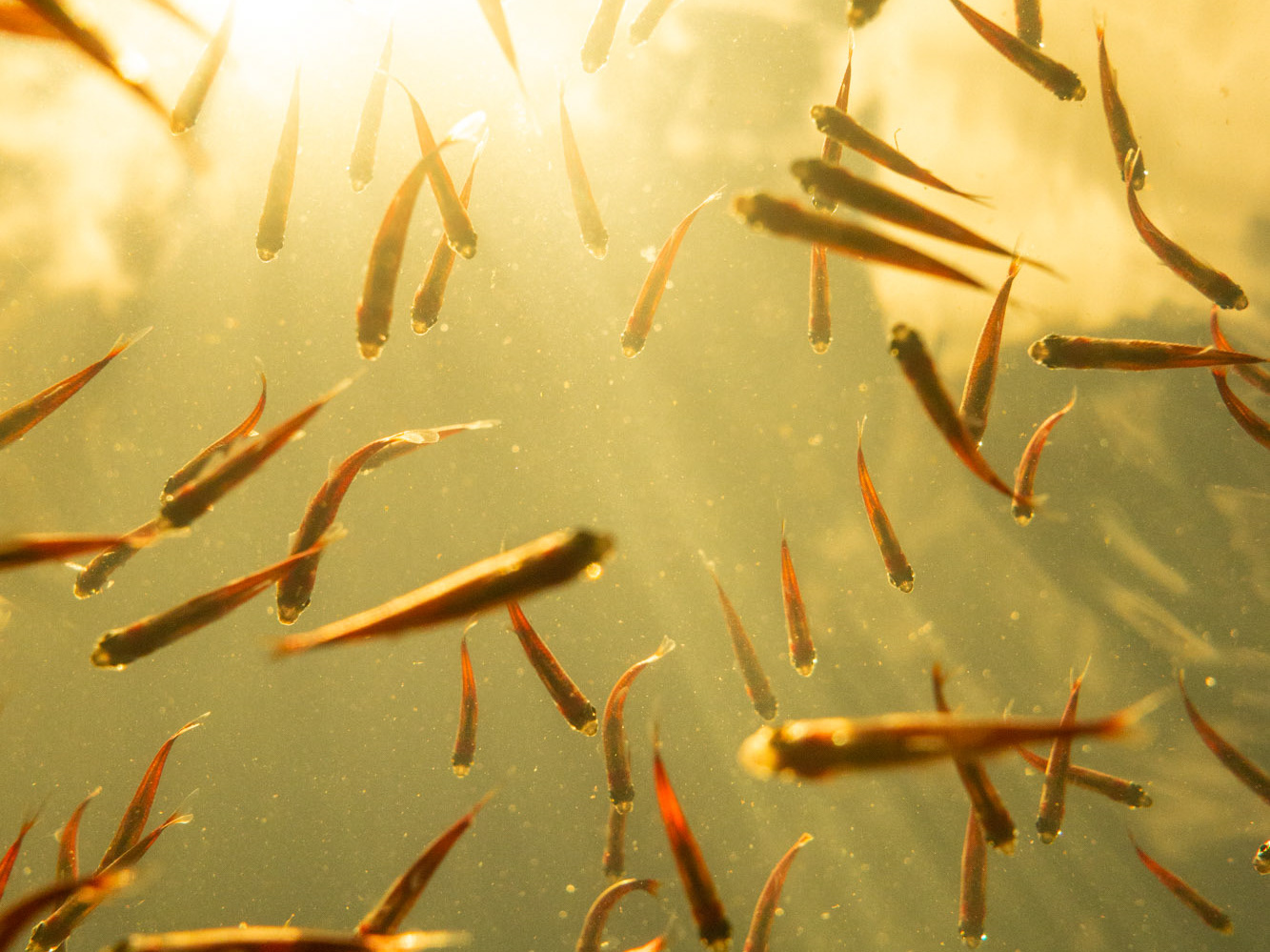Highway BR-319 is the only road connecting Manaus, the capital of the Amazon Basin, with the rest of Brazil. It was first built by the military dictatorship in the 1960s to "colonize" the Amazon, but quickly degraded. People who lived along the road died of malaria, villages were abandoned, the road became overgrown - the forest took back its land. By the late 1980s, BR-319 was impassable.
"The destruction of BR-319 was the best thing that could happen to the rainforest, says Philip Fearnside, a US environmental scientist who has been living in Manaus for 40 years. "The road is the only way into the heart of Amazonia," he says. 95 percent of the deforestation takes place within four kilometers of a road. 2019 already has the highest deforestation rate in 10 years, in July alone it was 278 percent more than in the same period the previous year. Nowhere in the Amazon the rate the deforestation is worse than in the region on the south end of BR-319.
In the small village of Realidade - Portuguese for Reality - there is smoke and dust in the air, sawmills are working all night, thousands of loggers are cutting corridors in the rainforest. The village is in a lumber craze. People are walking around armed, cars have no license plates, the atmosphere resembles that of a gold rush town. Realidade is the last post of “civilization" on the southern edge of BR-319. From here to the north lies untouched rainforest. South of Realidade one can find hundreds of miles of pasture; deforested, burning landscapes. Nowhere have there been more fires in the Amazon basin than in the “Arc of Deforestation”, that starts here.
The landscape past Realidade is a glimpse into the future of the Amazon basin: At the end of July, President Bolsonaro announced that he wants to have BR-319 repaved.
